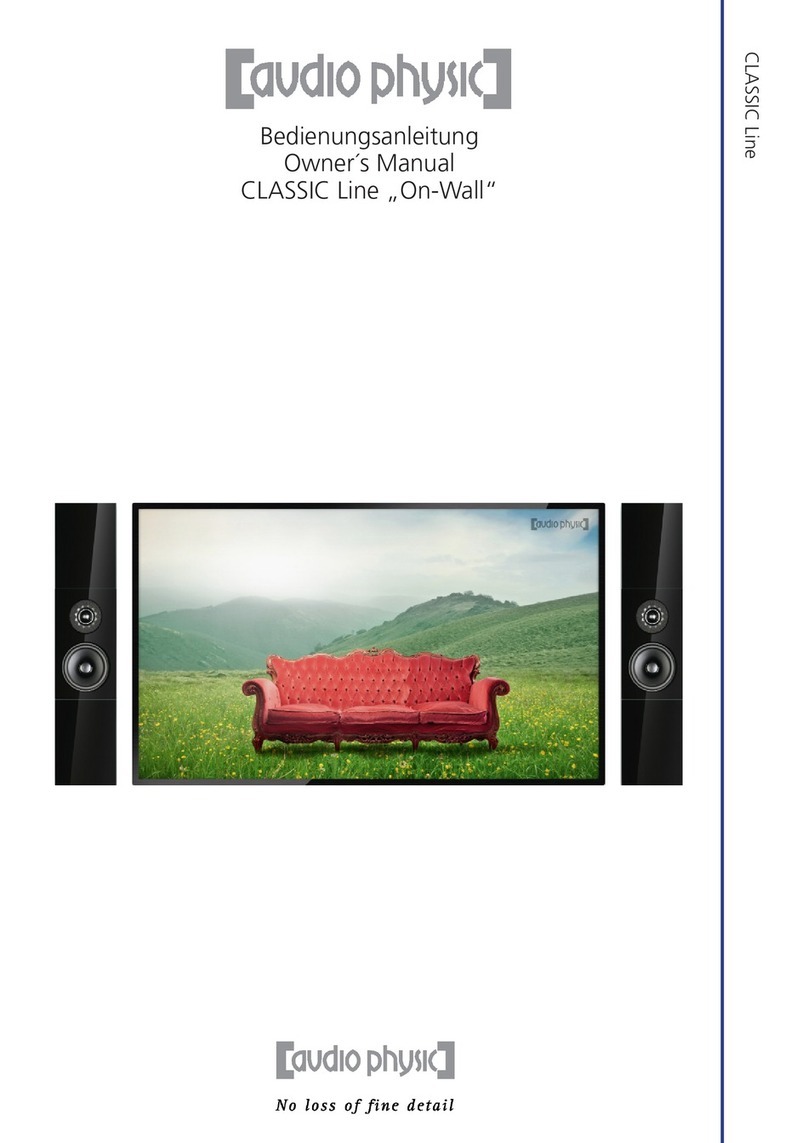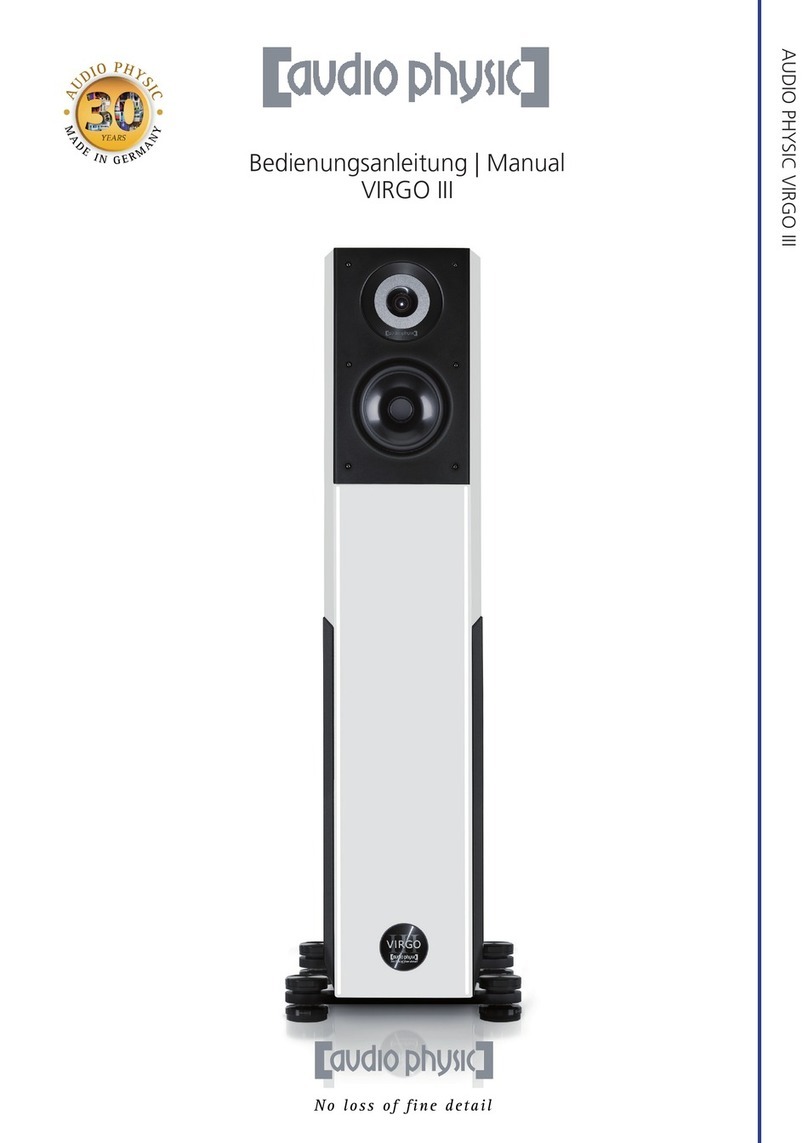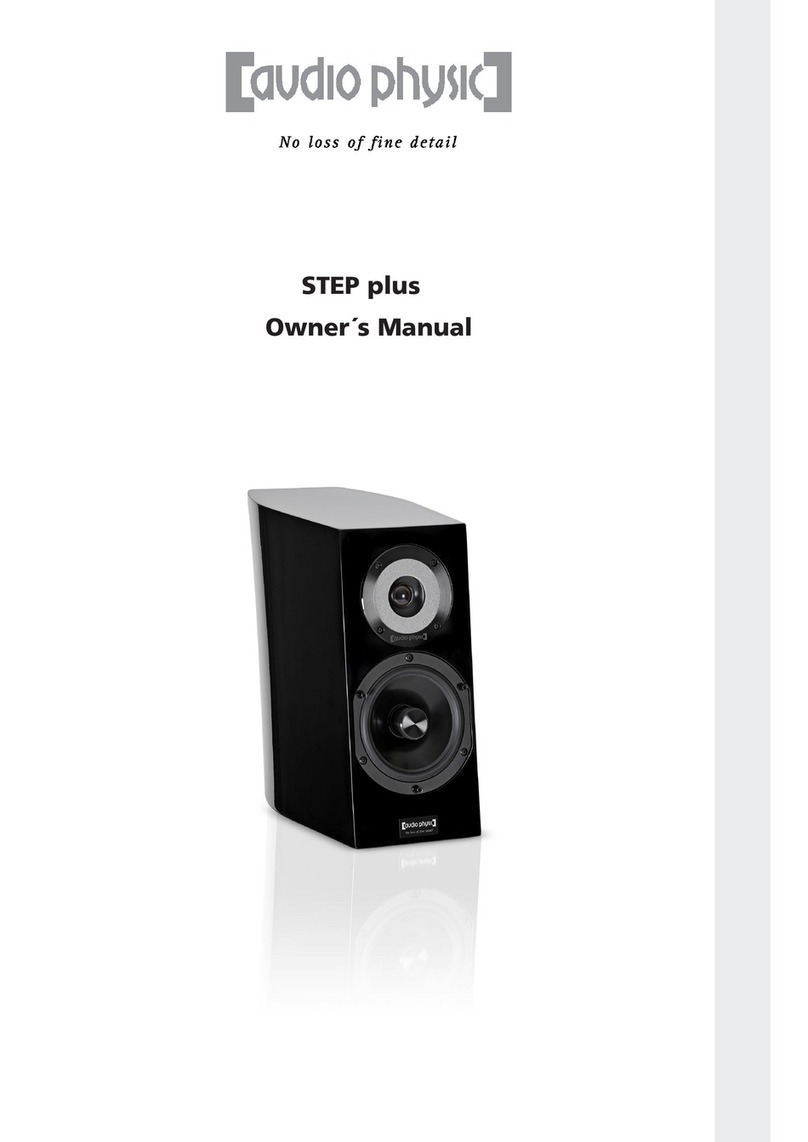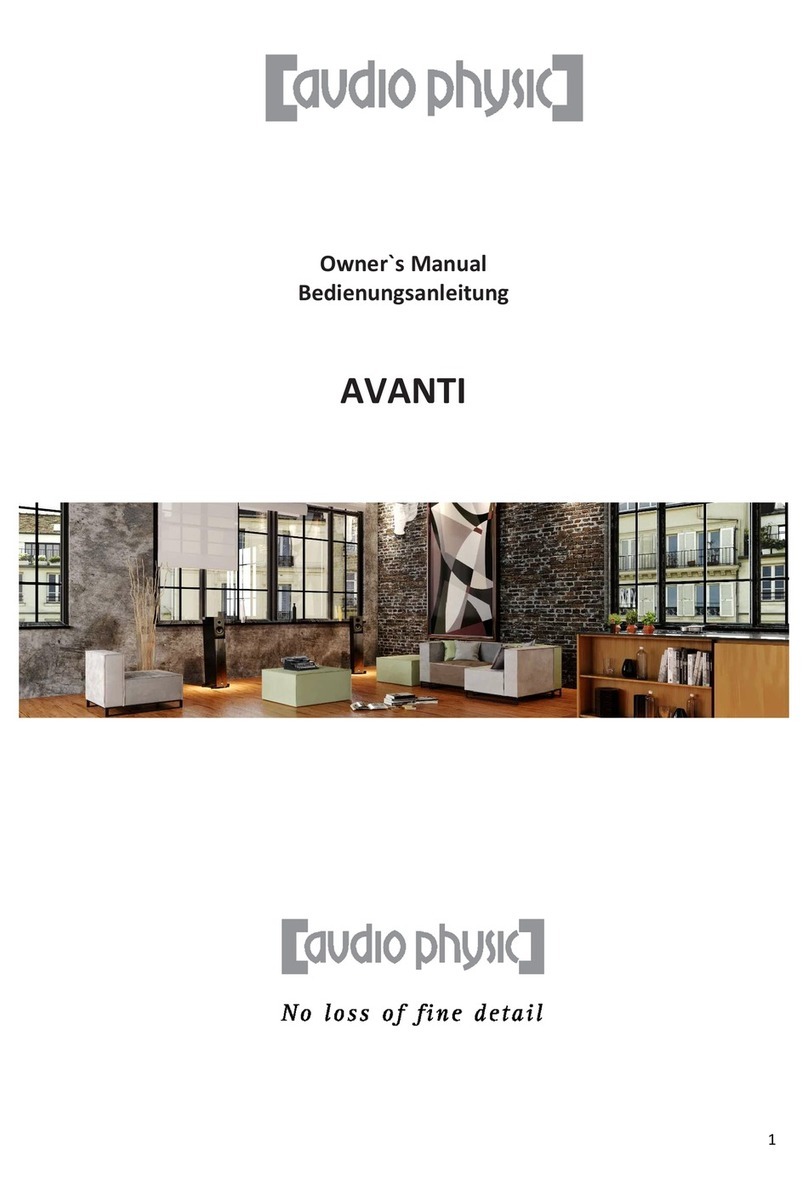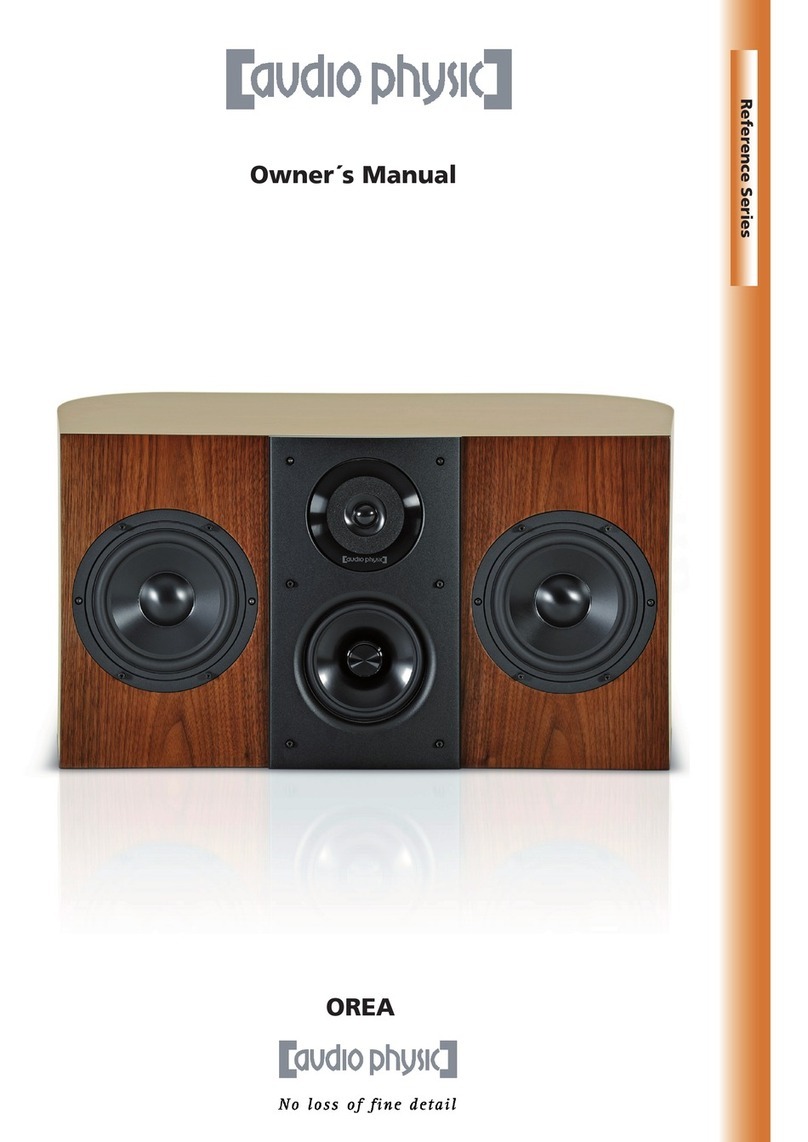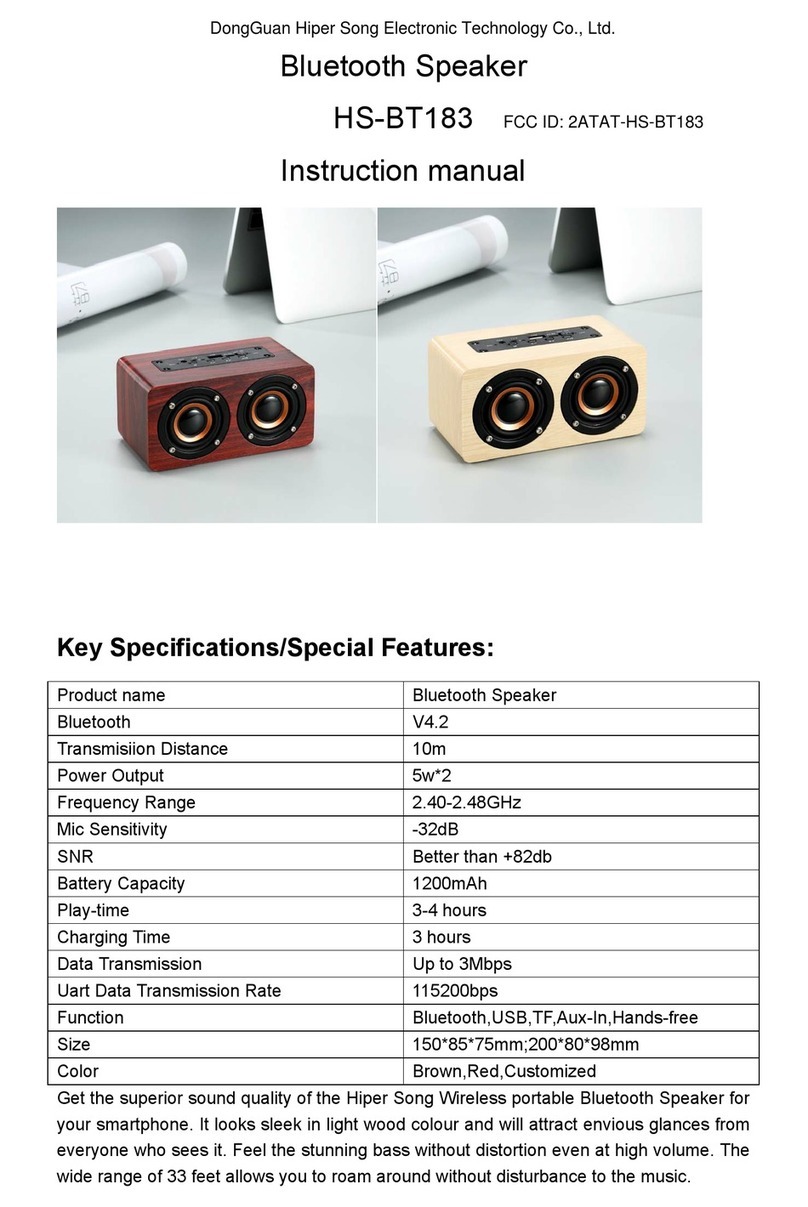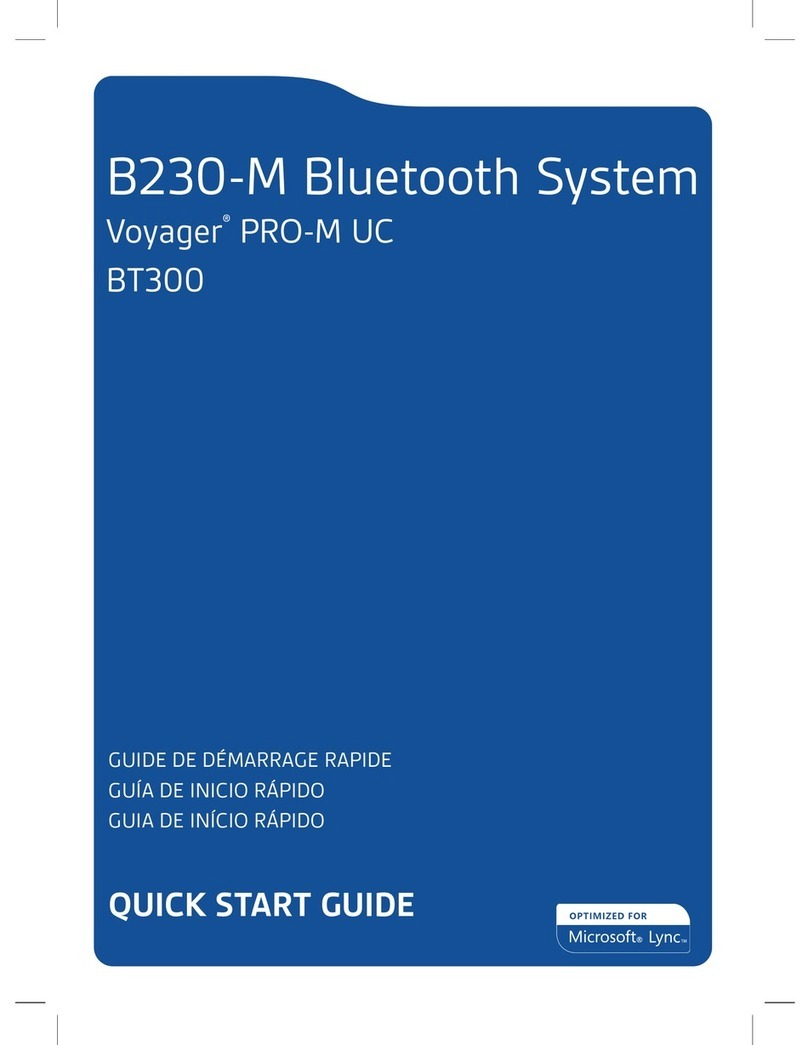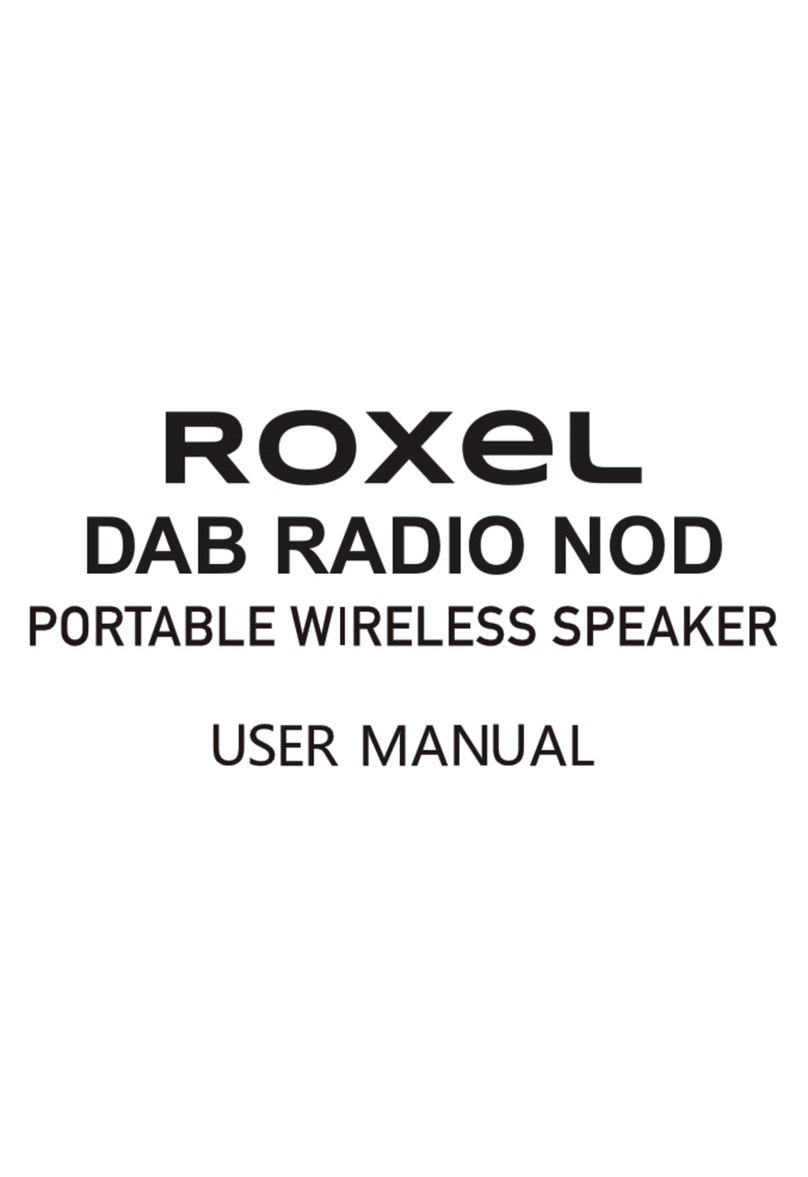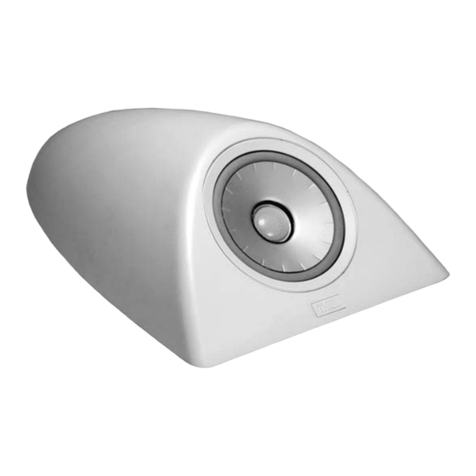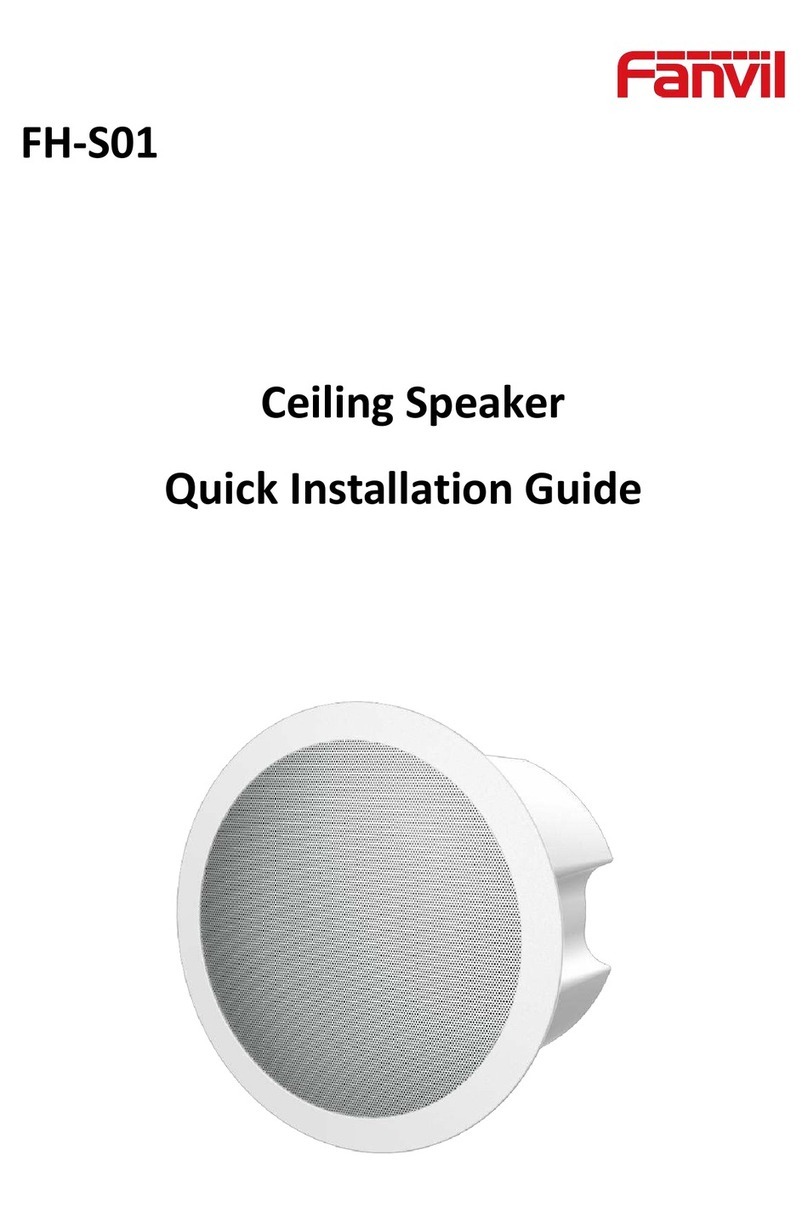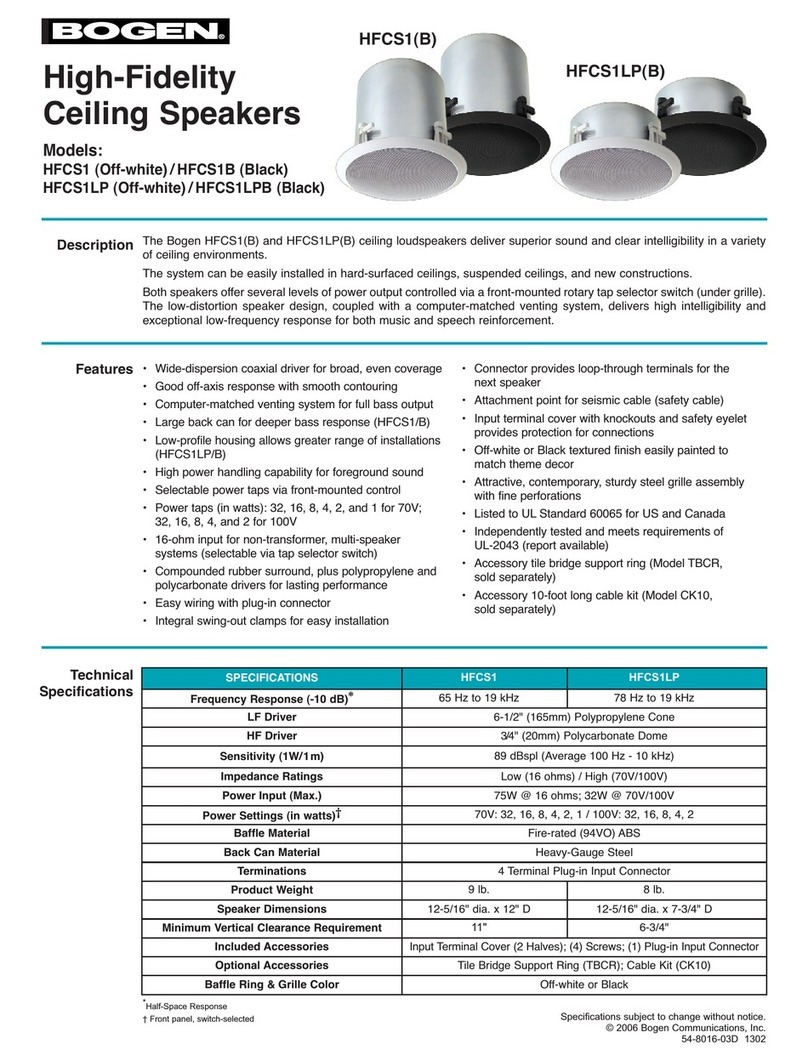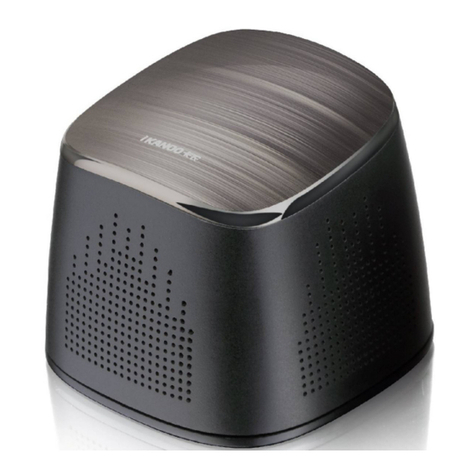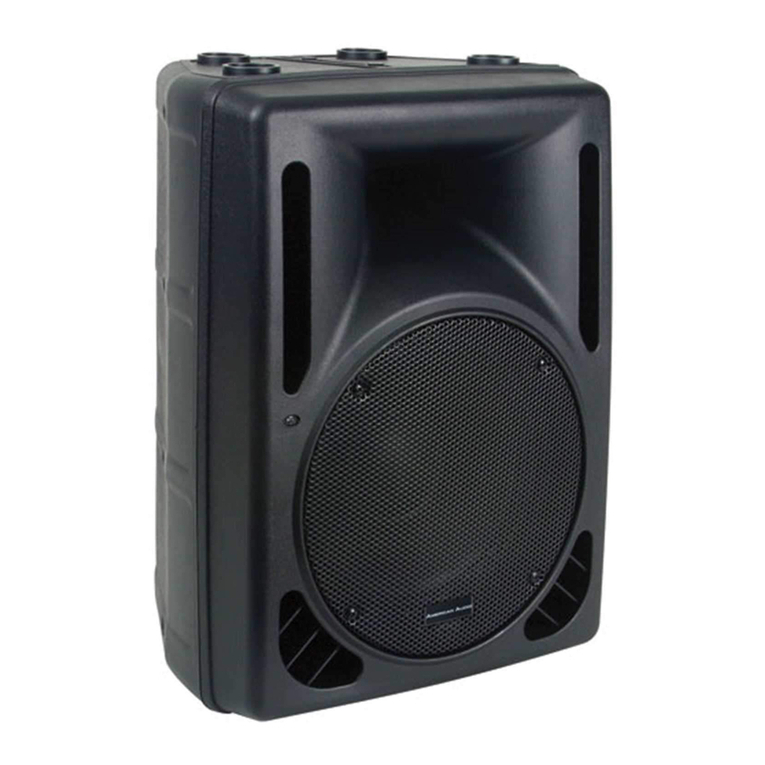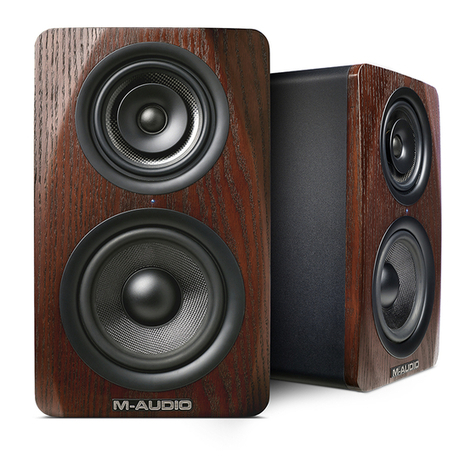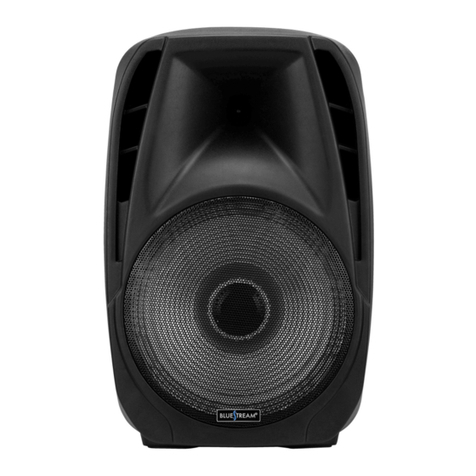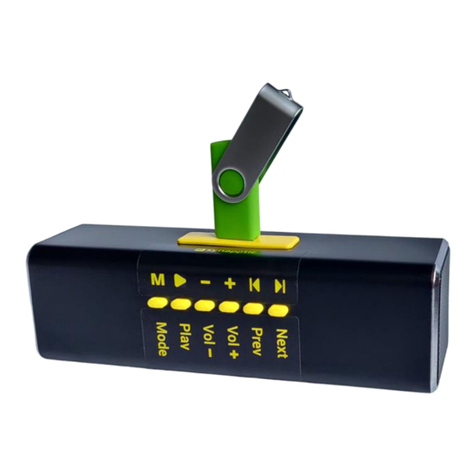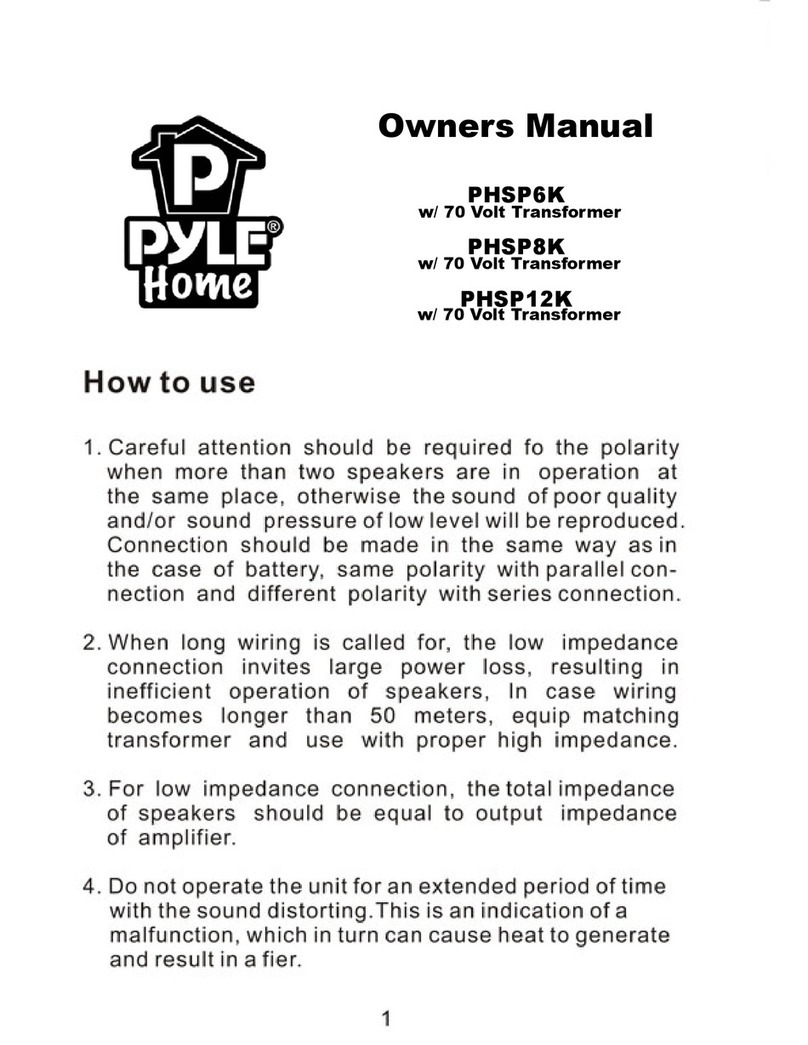Reference Series English
General Tips
Depending on the size of your loudspeakers, it is a good idea for two people to unpack them. The
ideal way to do so is to put the boxes on the oor, making sure that the product labels are facing
up. Open the packaging carefully and remove the accessory packs from the box. Then work together
to aach the foot construcon as described in the chapter “Unpacking and Assembly“.
The loudspeakers should reach a temperature that is approximately equivalent to room
temperature before you connect them to the HiFi system and/or operate them. This instrucon
predominately refers to the winter months in case the loudspeakers were previously stored in
a cold room.
Maintenance
Our loudspeakers are coated in high-quality veneers or high-gloss lacquers. You should avoid using
chemical cleaning agents because these can aack the loudspeaker surfaces and make them go
ma. As a rule, a ne, so and damp cloth is all that you need to clean the surfaces. If a cleaning
agent is required, use this to dampen the cloth and do not directly apply it to the surface. It is best
if you test the suitability of the cleaning agent on a less visible part of the cabinet.
The drivers do not normally need to be cleaned. Dust parcles fall o quickly when the loudspeakers
are operated. You can, however, carefully clean the drivers with a so brush. When doing so, please
only lightly brush over the surface and do not put any pressure on it. Please never use any cleaning
agents on the drivers. Do not expose the loudspeakers to direct sunlight. Anodised
surfaces are sensive to acids and alkalis and to ultraviolet light and may fade.
The drivers in this range of AUDIO PHYSIC loudspeakers use a unique mounng technique. Rather
than directly mounng the drivers onto the cabinet of the loudspeaker, the drill holes contain
special neoprene plugs. These neoprene plugs ghten in the mounng hole when the screws are
ed, creang a permanently elasc connecon between the driver and the cabinet that reduces
resonance. You do not need to ghten these screws. Re-ghtening the screws may damage the
plugs and have a negave eect on the sound.
Burning in the Loudspeakers
The loudspeakers rst reach their full sound potenal aer a specic burn-in period. We burn in the
drivers at our factory prior to assembly, meaning that they normally only need a burn-in period of
a few hours at a normal room volume and with music that has a range of frequencies that is as wide
as possible, for example orchestral pieces. Recordings containing ’white or pink noise’ such as those
available on many so-called Test CDs are also ideal. For safety reasons, these pieces should never
be played at high volumes.
Stray Magnec Fields
The magnec eld created by the individual driver magnets may to some extent have an eect
outside of the loudspeaker. This stray magnec eld may interfere with other devices, parcularly
televisions and monitors with cathode ray tubes (not LCD or plasma televisions), for example by
causing changes in colour in the picture. We recommend that you place the loudspeakers
approximately half a metre away from such devices (and also from magnet tapes, video cassees,
credit cards with magnec stripes, etc.).
Where possible, please retain the loudspeaker packaging. You can then securely transport your
loudspeakers if you move house.
13












